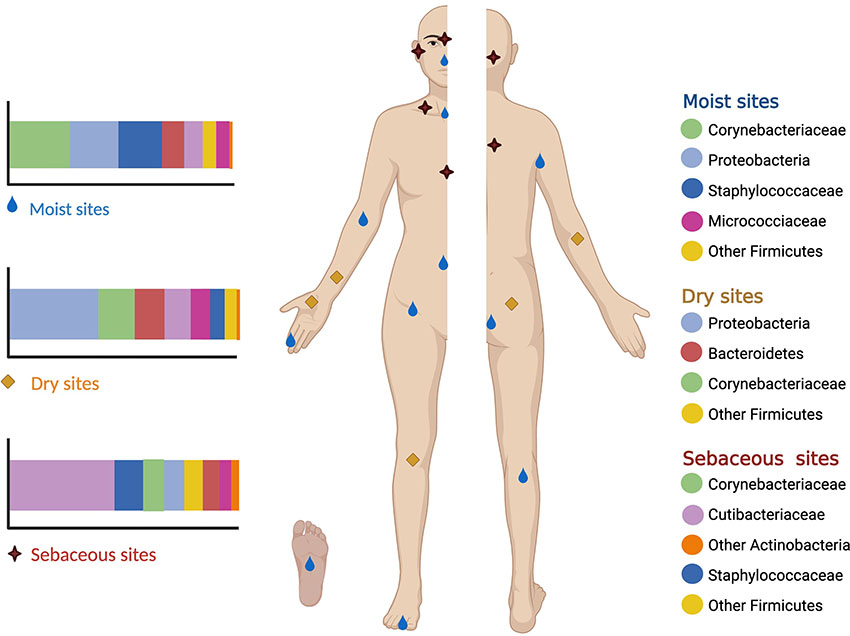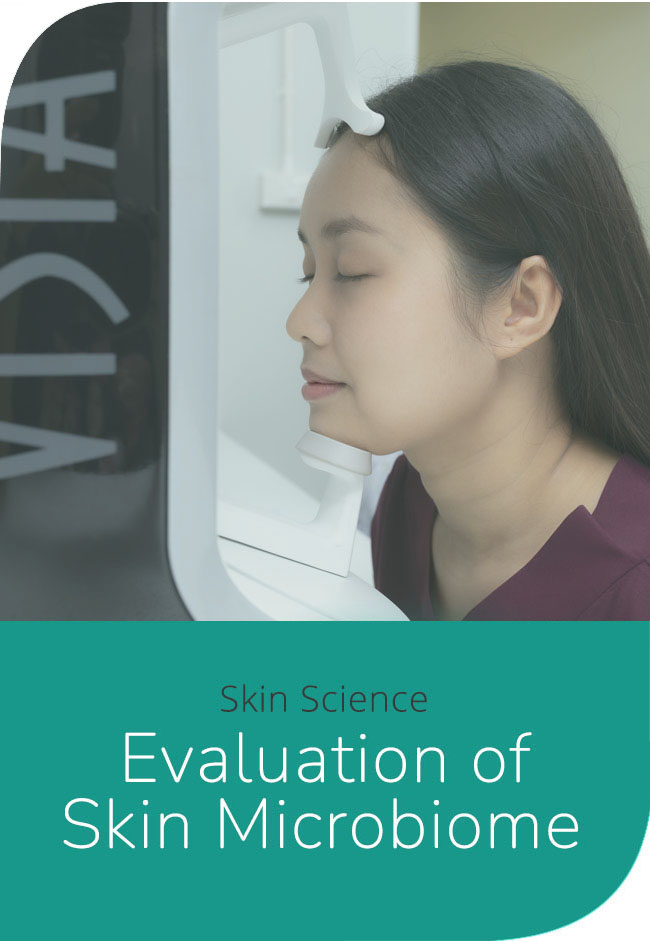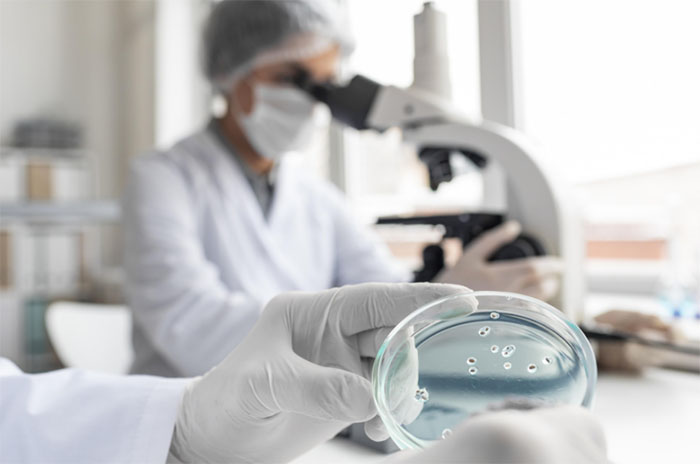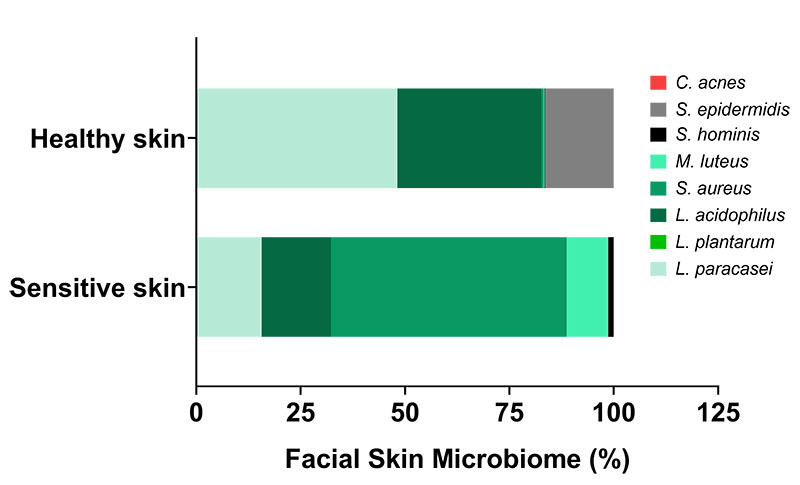Our skin is home to millions of fungi and bacteria that make up the skin microbiome, which is unique to each individual. The skin microbiome can reflect the condition of our skin. Analyzing the microbiome may help us understand the state of our skin and the causes of skin problems, allowing us to choose cosmetics and skincare products that match our skin conditions.

Key Functions of the Skin Microbiome
- Barrier Protection: Beneficial microorganisms form a protective shield on the skin, preventing harmful bacteria and irritants from penetrating the skin barrier.
- Immune Regulation: The microbiome interacts with the skin’s immune cells, helping to maintain balance and prevent overreactions that lead to inflammation or irritation.
- pH Balance: Microorganisms regulate the skin’s pH, ensuring it remains slightly acidic (around 4.5-5.5), which is essential for barrier integrity and enzyme activity.
- Hydration Maintenance: Certain microbes help maintain hydration by producing humectant-like substances that lock in moisture.
- Anti-Aging and Skin Repair: Microbial byproducts, such as short-chain fatty acids, promote skin repair, reduce oxidative stress, and support collagen synthesis.
Factors Affecting the Skin Microbiome
The skin microbiome's composition is influenced by various factors, including:
- Environmental Conditions: Pollution, UV exposure, and climate can disrupt the microbiome.
- Lifestyle Choices: Diet, hygiene practices, and cosmetic use significantly impact microbial diversity.
- Genetics and Skin Type: Each person’s unique genetic makeup and skin condition shape their microbiome.
- Age: The diversity of skin microbiota changes with age, affecting the skin's resilience and ability to heal.
Microbiome-Friendly Skincare
To support the skin microbiome, modern skincare innovations focus on prebiotics, probiotics, and postbiotics:
- Prebiotics: Nourish beneficial microbes, providing the nutrients they need to thrive. Common sources include inulin, fructooligosaccharides, and plant-derived extracts.
- Probiotics: Introduce live beneficial bacteria to enhance microbial balance. Examples include Lactobacillus and Bifidobacterium strains.
- Postbiotics: Byproducts of microbial metabolism, such as peptides and enzymes, provide anti-inflammatory and reparative benefits.
Research and Development
Advances in metagenomics and bioinformatics have enabled precise mapping of the skin microbiome, revealing its role in skin conditions like acne, eczema, and rosacea. These insights drive the development of targeted treatments to restore microbial balance and optimize skin health.












